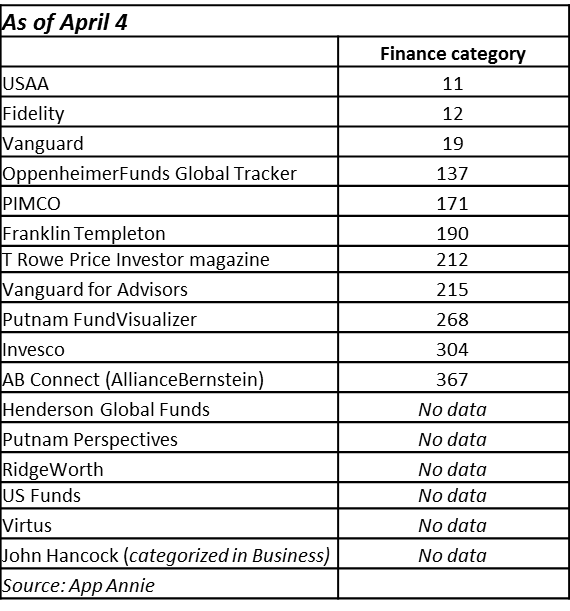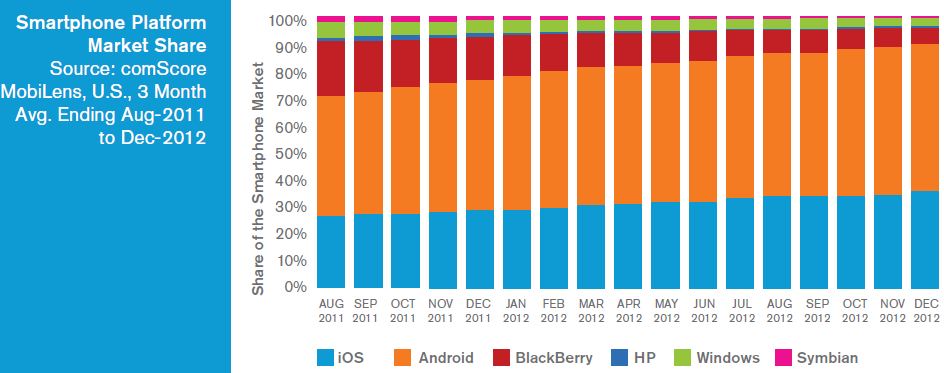How To Track The Content That's Shared Via Email
/ TweetIf you had to guess, where do you think most sharing of asset management-created content takes place—on social networks or via email and other non-social means?
My guess (and yours, too, I’ll bet): Our enthusiasm for social media notwithstanding, most of your content is shared via email, instant messages and message boards, etc. Email, in particular, is the most widely used communication channel and one where the sender can control both context and, to some extent, audience.
The sharing that takes place via non-public (and believed to be un-measureable) exchanges was dubbed “Dark Social” by Atlantic Senior editor Alexis C. Madrigal last fall (an idea so interesting that it was one of my “20 Content Highlights To Remember From 2012.")
It’s especially germane to this business where, like fund company products, the vast majority of mutual fund and ETF content is distributed not directly by fund companies but by intermediaries. Wouldn’t you like to know the percentage of your site traffic that comes from individuals sharing links in emails? Or even the site content that's being called out in emails from financial advisors to their clients and prospects, for example?
There is a way to get a handle on this, as identified by a few blog posts I’ve been reading lately, the highlights of which I want to share with you.
Direct Traffic Unbundled
When a financial advisor (or somebody else) includes a link to a page on your site in an email and the receiver of the email clicks on the link, that traffic is today being counted by your Web analytics. But in all likelihood, it’s being reported as direct traffic, and that’s what needs to be more closely examined.
For insights into the content that’s being shared—with sharing serving as a measure of the value of the content that you’re creating—you need to dig a little deeper into what's being attributed as direct traffic.
The classic definition of direct traffic is traffic that comes directly to your site. The assumption is that the visitor typed the URL into the browser or used a previously set bookmark. But, take a look at the specific pages for which direct traffic is reported as the referrer to your site.
Is it realistic to expect that someone arrived at your site by typing every character of those long, hairy URLs that many fund companies are unfortunately burdened with?
Example: https://performance.yourdomain.com/web/yourfundcompany/products-performance/mutual-fund-details/details/19765J624/mutual+funds/Intermediate+Municipal+Bond+Fund+A/Class+A
Probably not. The link to this page was either copied and pasted into an email or other communication (more likely) or bookmarked (less likely).
While it will be far from exact, it’s relatively easy to identify Website traffic that is sourced by email and other Dark Social sources. You just need to segregate the traffic that went straight to your home page—that’s probably the true direct traffic—from the traffic that went to pages deep in your site.
This can be done with any Web analytics package.
Segment Using Google Analytics
Here are two options for doing it with Google Analytics.
If you want to assume that all traffic that came directly to pages other than the home page was referred by Dark Social sources, click on this link while signed into Google Analytics.
You’ll see a page with the image below. Choose your profile (if you have access to more than one) and then select Create.
You’ll then be taken into Google Analytics, where you’ll see the image below. Save the segment and you’ll be able to view Dark Social as one of your available custom segments.
For a more narrow approach, click on this link as provided by the Gravity Search Marketing blog. It filters the home page and any subfolder with four characters in it. (This uses regular expressions—if you're not familiar, see the primer ebook I came across in March.)
As noted in the post, if you promote marketing URLs with subfolders (such as www.yourdomain.com/micrositename), then you’ll want to refine this by excluding those from the Dark Social segment, too. You might also want to further refine by excluding product pages or by including only types of content (e.g., investment commentary or blog posts.)
This analysis is worth doing. Based on what I’m seeing in the analytics profiles I am privy to, your Dark Social traffic could represent anywhere from 10% to 30% of your overall traffic. It’s an overall, if crude, measure of the resonance of your content and will give you some perspective on which specific product and content pages are being shared.











